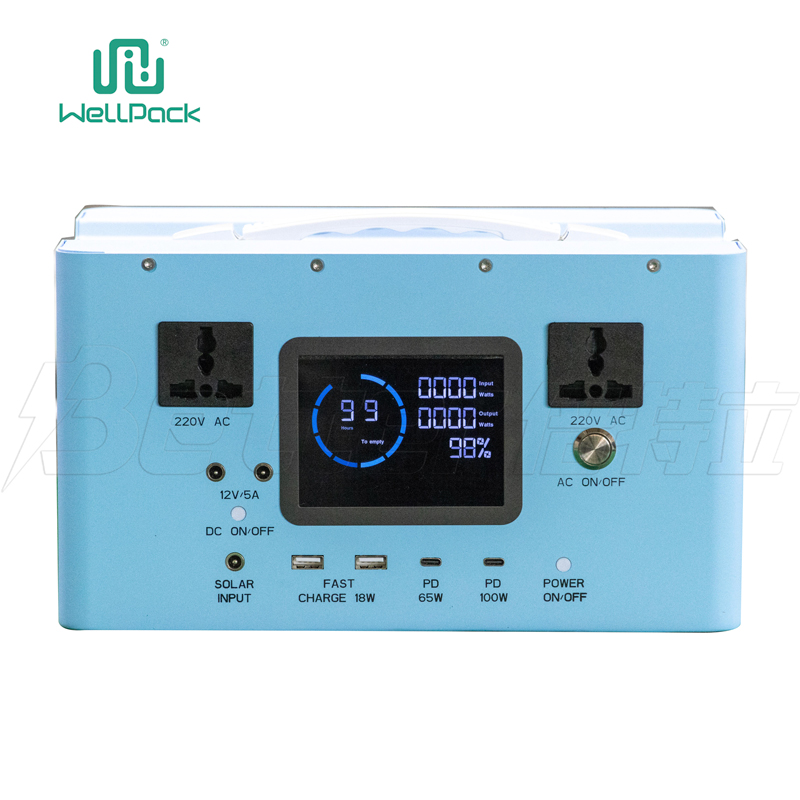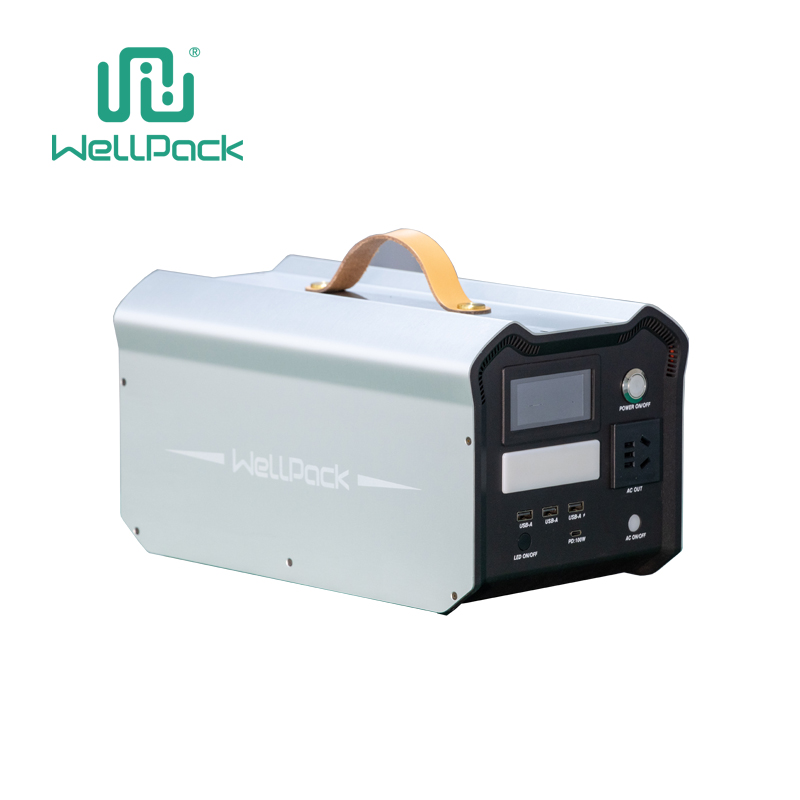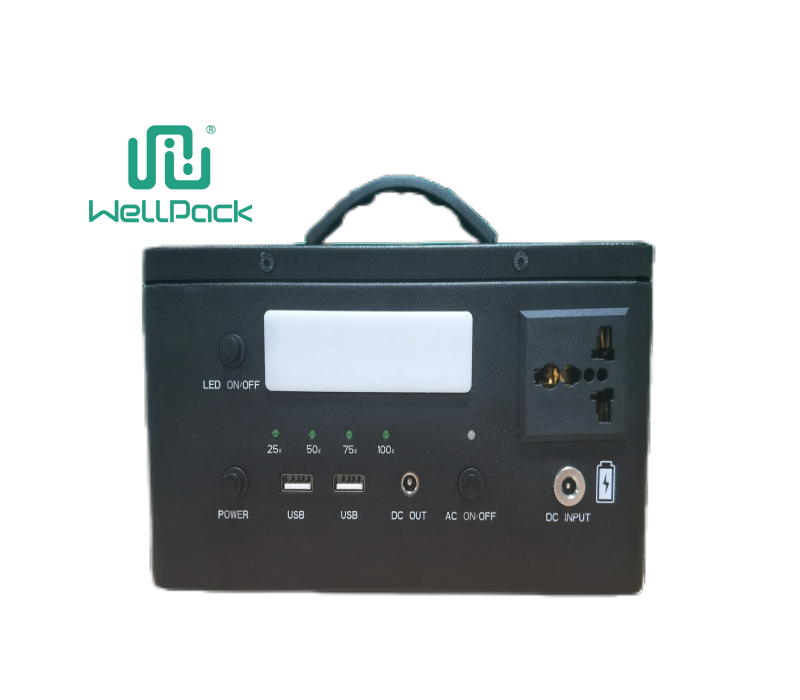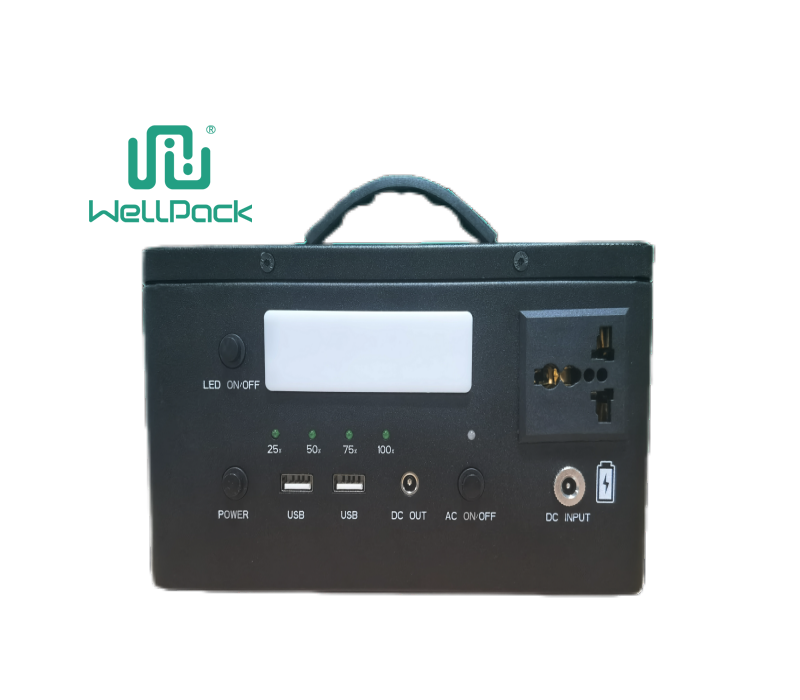Contents
Why Proper Disposal Matters
When it comes to disposing of lithium batteries, getting it right isn't just a nice idea—it's essential for keeping things safe and the planet healthier. These batteries power everything from your phone to power tools, but if mishandled, they can spark fires or leak harmful chemicals. Think about it: tossing one in the trash could lead to a blaze at a landfill, endangering workers and releasing toxins into the soil. By choosing safe ways to dispose lithium batteries, you cut down on that risk and help recover valuable materials like cobalt and lithium for reuse. It's a straightforward choice that pays off for everyone. In short, proper disposal turns a potential problem into a responsible step forward.

Spotting Lithium Batteries Around You
Not all batteries look the same, and knowing how to spot lithium ones makes it easier to handle them correctly. Lithium batteries often have a silvery or metallic casing, and you'll usually see markings like "Li-ion" or "Lithium" printed on the side. They come in various shapes—cylindrical like AA sizes, flat pouches in laptops, or chunky packs in e-bikes. Check the weight too; they're denser than alkaline types. If you're unsure, look for the recycling symbol with a battery icon or consult the device's manual. Spotting them early means you can plan ahead for disposal, avoiding last-minute scrambles. This simple check keeps your routine smooth and safe.
Common Sources in Daily Life
Lithium batteries sneak into more spots than you might realize, showing up in gadgets you use every day. Your smartphone's the obvious one, but don't overlook wireless earbuds, fitness trackers, or even those remote-control toys gathering dust in a drawer. At work, think about cordless drills, laptops, or backup power for security systems. In the garage, e-bike or scooter batteries pack a punch, and medical devices like hearing aids often rely on them too. Vapes and cameras round out the list. Recognizing these sources helps you stay on top of when it's time to dispose lithium batteries safely. It's about building a habit of checking as you declutter, so nothing slips through unnoticed.
Steps to Prepare for Safe Disposal
Before you head out to recycle, a few quick prep steps ensure everything goes without a hitch. First, discharge the battery fully by using the device until it powers off— this reduces any stored energy that could cause trouble. Next, cover the positive and negative terminals with a piece of electrical tape or place them in a plastic bag to prevent short-circuiting. If it's a loose cell, wrap it in non-conductive material like bubble wrap. Label the bag if you can, noting it's a lithium battery for clear handling. These moves make transporting safer and smoother for everyone involved. Remember, prepping like this is key to learning how to dispose lithium batteries without worry.
Recycling Options Near You
Finding a spot to recycle doesn't have to be a chore—plenty of convenient options exist for disposing of lithium batteries. Start with big-box stores like Home Depot or Lowe's, which often have drop-off bins through programs like Call2Recycle. Electronics retailers such as Best Buy accept them too, sometimes with incentives for old devices. Check your local waste management site; many municipalities run household hazardous waste events where you can drop off batteries for free. Apps like iRecycle or Earth911 let you search by zip code for the nearest facility. For bulk amounts from work, certified e-waste centers handle larger loads efficiently. Picking the right option means you're contributing to a cycle where materials get reused, not wasted.
Handling Damaged or Swollen Batteries
Spotting a swollen or leaking lithium battery calls for extra caution, as these can be unstable. If you notice bulging sides or a hissing sound, stop using the device right away and isolate it in a cool, dry place away from flammables. Don't try to puncture or charge it—that could trigger a reaction. Instead, place it in a sturdy plastic bag with kitty litter or sand to soak up any leaks and contain sparks. Contact your local fire department or hazmat team for guidance; they might direct you to a specialized facility. In the meantime, wear gloves and avoid skin contact. Dealing with these promptly prevents bigger issues, ensuring safe disposal even in tough spots.
What Happens After Drop-Off
Once you've dropped off your lithium batteries, the process behind the scenes keeps things moving toward sustainability. At the facility, they're sorted by type and chemically stabilized to neutralize risks. Then, shredding breaks them down, separating metals like nickel and copper through smelting. Valuable lithium gets extracted for new batteries, closing the loop on resources. Not everything's recycled—some plastics might end up in energy recovery—but the focus is on maximizing recovery rates, which hit over 90% in well-run programs. This step shows why safe ways to dispose lithium batteries matter: your action feeds into a system that cuts mining needs and reduces environmental strain. It's a quiet but effective way to make an impact.
Quick Tips to Avoid Issues
Building habits around lithium batteries can save you headaches down the line. Store spares in a fireproof container, away from heat sources like sunny windowsills. When traveling, pack them in carry-on luggage per airline rules to monitor for issues. At home, designate a "battery station" drawer for used ones, so they're ready for recycling trips. If you're into DIY projects, opt for chargers with overcharge protection to extend life and delay disposal. For work setups, schedule quarterly checks on tools to catch worn batteries early. These small shifts make managing and disposing of lithium batteries feel routine, not overwhelming.
Keeping Up with Local Rules
Regulations on disposing of lithium batteries evolve, so staying informed keeps you compliant. In the US, the EPA pushes for universal waste rules, classifying them as hazardous to encourage recycling over landfilling—it's often illegal to trash them now. Europe’s got strict WEEE directives mandating producer responsibility, while places like California fine improper disposal. Check your area's environmental agency site annually; apps from groups like the Battery Council International send alerts too. If you're in business, train staff on updates to avoid fines. Tuning in like this ensures your approach to how to dispose lithium batteries stays current and responsible.










